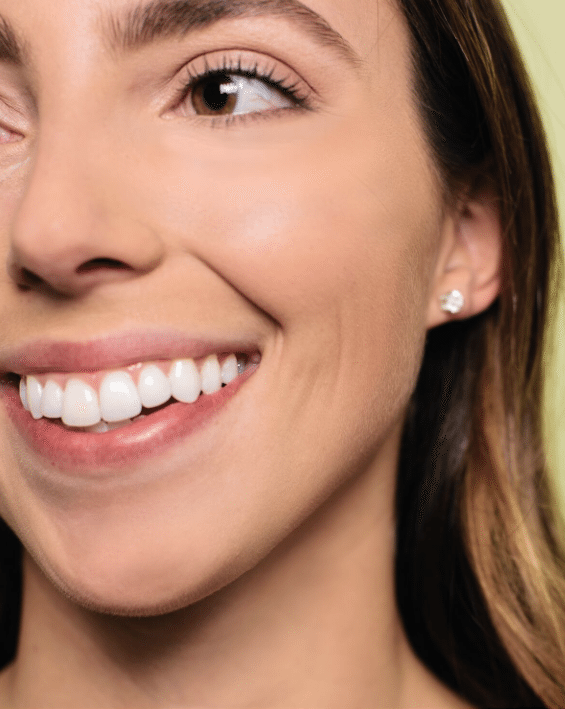In office microdermabrasion treatment is a non-invasive treatment utilizing tiny crystals that remove + exfoliate the superficial layers of skin and dry dead skin cells. In-office micoderm is one of the older but most efficient in-office procedures for exfoliation and overall skin texture, smoothness and removal of the appearance of fine lines and wrinkles.
 Topical Retin-A (Tretinoin) treatments can be beneficial, due to its ability to build collagen and tighten skin, which makes pores smaller and tighter.
Topical Retin-A (Tretinoin) treatments can be beneficial, due to its ability to build collagen and tighten skin, which makes pores smaller and tighter.
In-office Glycolic peels can be very beneficial for refined complexion and the appearance of large pores. Glycolic treatments also help with hyper-pigmentation, overall skin texture and fine lines and wrinkle.
Fraxel Laser Skin Resurfacing is FDA-approved, and uses fractional laser technology to help restore your skin to its original, perfect texture and achieves smoother,
younger looking skin, improved tone and texture, smaller pores, erasing of unwanted brown spots, acne scars, and surgical scars, and reduces fine line lines and wrinkles. Sometimes referred to as the ‘collagen enhancing laser’.
Fractional lasers are generally NOT good for redness, but work to reduce sun damage, fine wrinkles, large pores, aging on the face, neck, chest hands, arms, legs, and back. These lasers also reduce the appearance of certain cases of melasma, certain acne and surgical scars, the crepiness and fine lines around the eye area including the eyelids as well as overall skin texture and tone.
While Fraxel can be pricey this laser does produce results but as with most things, maintenance is required. The cost greatly varies by where you live, the office you go to, and the size of the area being treated. A full face laser resurfacing should cost ranges from $900 to about $1400. A full face plus eyelid should run approximately $1400 to $1900. And a full face with neck and chest will be $1500 to $1900. If you have scars that might benefit from a Fraxel, a specific quote will be given.Many people notice results within a week after their first treatment. Their skin feels smoother, looks less blotchy, and has a glow to it. Obviously results depend on the specific issue being targeted with treatment. Usually, collagen will continue to develop even up to 3-6 months after your last treatment.
Although in-office procedures are extremely effective they will work even better with an at home daily skin regimen and a healthy lifestyle. This includes sun protection, not smoking and exercising.



